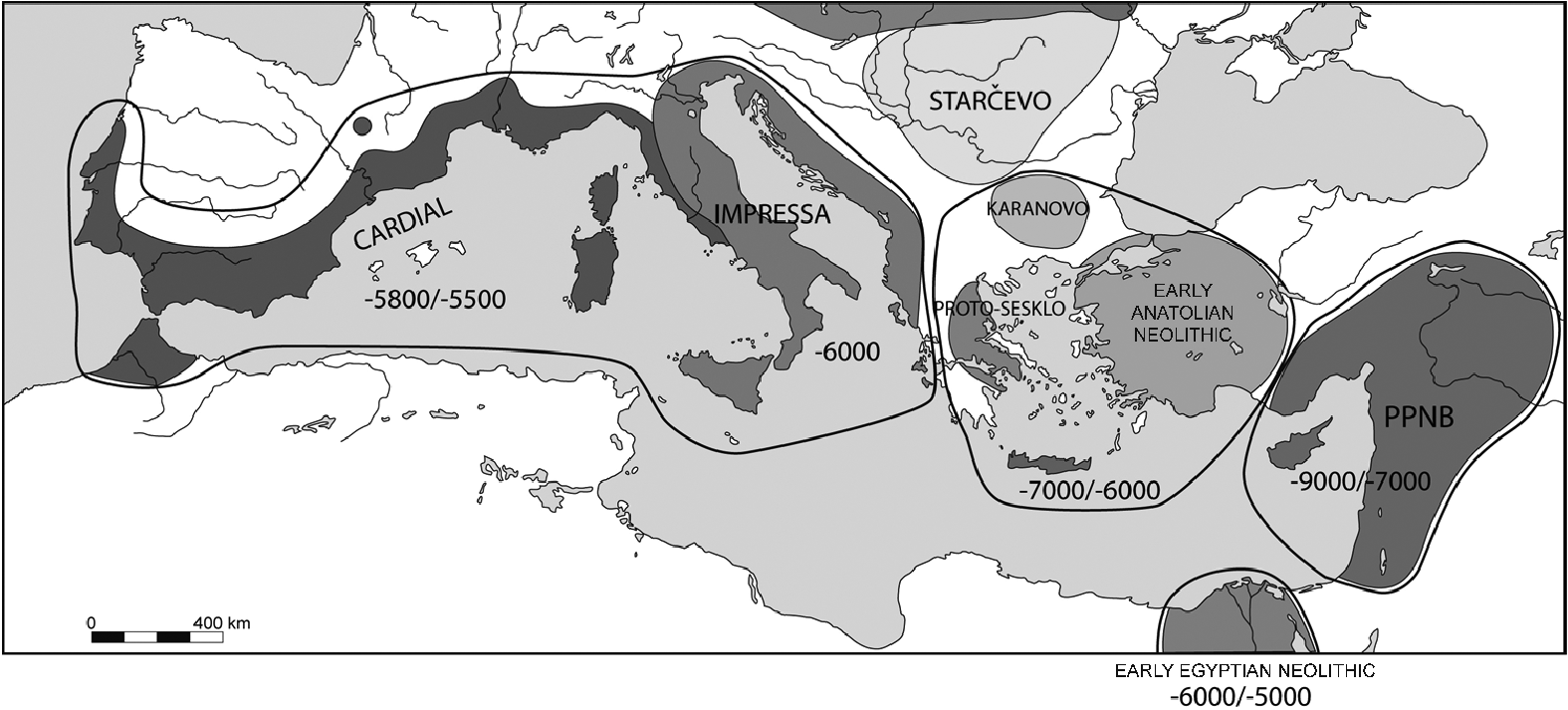I wonder how will Iron Age Albania look like, i'll go on safer bet and suppose that Dardani-Enchelei-Pirusti-Taulanti should be the one carrying some E-V13.
Dardanians are very likely to have had at least some E-V13, but beyond that, I think most of Albania was not as much covered as some other regions early on. We don't even know for sure whether Proto-Albanians lived in what is now Albania, so there is a lot to do. But clearly modern Albanians Palaeo-Balkan ancestry is split at least between Illyrian (J-L283, R1b) and Daco-Thracian (E-V13).
From the article:
in favour of its end in the late 12th century BC.6Contrary to the situation with the ?uto Brdo ? Girla Mare culture, the Gava culture complex, identified through the presence of the channelled and burnished pottery, is in the Serbian archae-ology considered as the trigger of the transition from the Late Bronze to the Early Iron Age.
https://www.anubih.ba/godisnjak/god47/5-Aleksandar Kapuran.pdf
Indeed, they were the ones with iron metallurgy and weapons, among the first in Europe and the whole world, especially if considering mass production.
Also noteworthy: I think that some of the Pannonians and more Northern Illyrian groups were rather fused and therefore both cutlrually and genetically influenced by Channelled Ware people, just like the Girla-Mare finds suggest as well for some regions. Unfortunately Urnfielders don't make it easy to trace them back, with their dead being cremated...
Basarabi, P?eničevo ? Babadag, Insula Banului groups and Kalakača horizon, all should yield some E-V13 with enough samples. For P?eničevo we know it, the others need to be tested and some other groups as well, like the Triballi associated one: "Rača ? Ljuljaci culture in Central Serbia is generally associated "





